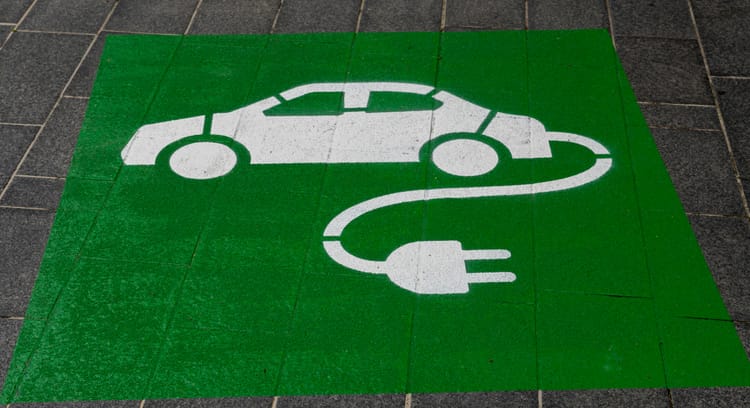SAP reports increase in absolute emissions as cloud revenue spikes

SAP saw absolute emissions jump by 6.94% in 2023, with much of the increase coming from business travel and cloud hyperscalers' electricity consumption. The company achieved its goal of carbon neutrality through the purchase of carbon offsets, renewable electricity, and energy attribute certificates.
The software firm reported revenue of €31.2 billion last year, including €13.7 billion from cloud services – up 23% from 2022, according to its latest integrated report.
In the midst of increased demand for cloud products, SAP is shifting computing from its own data centres to hyperscale services, reducing Scope 2 emissions but increasing Scope 3.
Absolute emissions from electricity use in own and co-location data centres dropped by 37,400 tonnes of CO2 equivalent last year, while emissions from cloud hyperscalers jumped by 45,500 tonnes, reaching 128,800 tonnes – more than 27% of SAP’s overall, 471,000-tonne carbon footprint.
Business travel also contributed to the increase in overall emissions, rising by 28,600 tonnes year on year and reaching 82,600 tonnes – still far below the pre-Covid number of 358,600 tonnes in 2019.
Offsetting and internal carbon price
To offset this increase and achieve its goal of carbon neutrality, SAP purchased more than 215,000 carbon credits, as well as thousands of energy attribute certificates (EAC), a market-based instrument allowing the company to claim renewable electricity use.
(The budget for these purchases comes from SAP’s internal carbon price, discussed by Chief Sustainability Officer Daniel Schmid in this CSO Futures interview. In 2023, the company updated this carbon price to “bring it closer” to the Value Balancing Alliance’s social cost of carbon, which is US$223 per tonne of greenhouse gas.)
In a footnote on emissions from hyperscaler energy use, the company appeared to lament the lack of operational flexibility offered cloud hyperscaler to reduce emissions: “Due to the (still) very limited control over the energy / electricity procurement of our value chain partners, we maintain our approach to purchase high-quality EACs to compensate the electricity consumed which was not yet compensated by our suppliers.”
SAP 2030 net zero target will include sold product emissions
SAP is preparing to submit a new 2030 net zero target to the Science-Based Targets Initiative in 2024, which will be based on 2023 emissions and include all relevant Scope 3 categories – including products in use, which had not been included in SAP’s previous targets or reporting.
Use of sold products emissions accounted for 5.6 million tonnes of CO2 in 2023 – 81% of the baseline footprint SAP will use for its new net zero target. To get to this number, the company recently adjusted its calculation methodology: it now estimates energy consumption based on an average number of productive installations and an average power usage effectiveness, enriched with real average system size data provided by customers. Only systems with active maintenance contracts are included in the estimation.
Reducing these emissions will involve migrating customers using on-premise data centres to SAP’s cloud infrastructure, and for that, the company is preparing to increase transparency and customer engagement.
“We started to develop a carbon footprint sizing approach with the aim of enabling our customers to gain transparency on the carbon impact of their SAP applications that run in SAP’s internal and external data centres, answering the question of how much our customers can reduce their environmental footprint while running SAP solutions on SAP’s self-operated or on SAP sourced infrastructure,” the firm notes in the report.







Member discussion